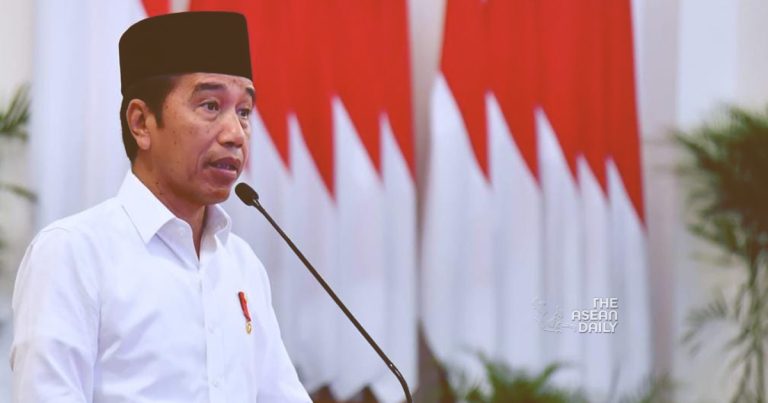10-9-2023 (JAKARTA) Indonesian President Joko Widodo, widely known as Jokowi, expressed his heartfelt condolences to the Moroccan people in the wake of a catastrophic 6.9-magnitude earthquake that struck on the evening of September 8, 2023.
In a statement shared on his official social media account on X (formerly Twitter), President Widodo conveyed his deep sympathy, saying, “I offer my deepest condolences to the Moroccan people following the tragic earthquake.” The message was posted and accessible on Saturday night.
President Widodo went on to express the thoughts and prayers of the Indonesian people, expressing solidarity with the earthquake’s victims, their families, and all those impacted by this devastating natural disaster.
The powerful 6.9-magnitude earthquake rattled Morocco at 11:14 p.m. local time on Friday, leaving a trail of destruction in its wake. The affected areas included Al-Haouz, Marrakech, Ouarzazate, Azilal, Chichaoua, and Taroudant Provinces.
Morocco’s Interior Ministry reported a tragic toll, with at least 820 people losing their lives, and 672 others sustaining injuries as a result of the earthquake. This seismic event marked the most potent tremor to hit the North African nation in the past century, according to Morocco’s National Geophysical Institute.
The United States Geological Survey (USGS) pinpointed the earthquake’s epicenter 75 kilometers southeast of Marrakech, with a depth of 18.5 kilometers.
Videos circulating on social media depicted the immediate aftermath, with residents spilling onto the streets seeking safety. The situation was particularly dire in the Marrakech region, where numerous buildings collapsed, trapping residents under debris.
Local media reports indicated damage to various structures, including the iconic red walls that encompass the old city—a UNESCO World Heritage site.
In response to the earthquake, the Moroccan Royal Armed Forces issued advisories urging citizens to exercise caution and directing them to safe areas to shield against potential aftershocks.
Meanwhile, Indonesia’s Meteorology, Climatology, and Geophysics Agency (BMKG) conducted an analysis of the earthquake, concluding that it had a thrust fault source mechanism—a reflection of the compressive stress within the earthquake source’s tectonic zone.




